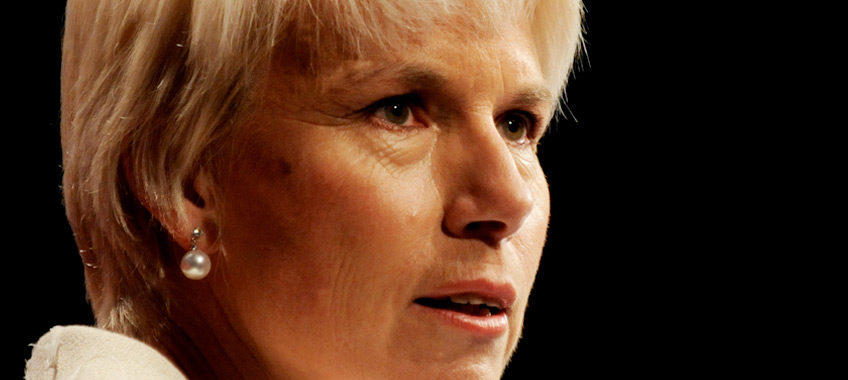If you were born from the mid 1960’s to approximately 1980 then you are part of Generation X. If you lead Gen X’ers, then there are several characteristics of this cohort that repeat across workplaces.
Gen X thinks differently and acts differently to Baby Boomers. As with each of the generations, the patterns were formed by their early experiences. Gen X were children and teenagers during the 1970’s and 1980’s, a time marked by major social change, but unlike the Baby Boomers, the Gen X experience was often far less positive. In fact, what defines Gen X in the workplace today is an underlying mistrust and cynicism of hierarchy and authority figures, based on the troubling realities they faced in their childhood and teenage years.
Gen X are often described as the ‘Latch-Key Kids’. They were the first generation who regularly experienced both parents working and can describe coming home from school each day to an empty house. Many Gen X describe this as a time when they learnt to be self-reliant, as the traditional family dynamic was changing. Many Gen X experienced parental separation and divorce. Until the mid-70’s this was relatively uncommon and certainly not socially acceptable. This was also the first generation since the 1930’s who, as children, saw their parents lose their jobs for reasons that were difficult to understand. This was the start of the age of mass retrenchments as over stretched companies slashed costs to save their skins. Parental unemployment in the 1980’s co-incided with rapidly rising interest rates, so financial pressures were a constant theme.
Corporations were being taken over or going broke at rates previously unseen. All the while, there were lavish signs of excess. Then, just as the older Gen X were hitting the workforce, the world stock market crash of 1987 proved a body blow, that had disastrous effects on families in the suburbs for years to come. It is nearly impossible to reconcile a home mortgage interest rate of 20% these days. Consequently, many Gen X are socially progressive, but risk averse economic conservatives.
At work, Gen X has packaged up these early experiences and built a protective barrier around themselves. Your average Gen X, while not actively planning to leave their current job, is fatalistic about their longer term prospects, in ways that Baby Boomers could never understand. Gen Y’s understand, but are far more optimistic.
At work, Gen X are the great integrators. They want to change workplaces and are constantly trying to simultaneously optimise business success, shareholder value and employee wellbeing. Their work and life experience has taught them that it can be done, so long as everybody gets on board and pulls in the same direction. Too often they emerge disappointed because of their struggle with compromise.
So too Gen X Managers often struggle reporting to Baby Boomer CEO’s, General Managers or Baby Boomer Boards. Boomers are tougher than Gen X in business and will make compromises to ensure the business results are achieved.
Don’t try and impress Gen X with status or hierarchy. They know these things are temporary. Notice how a Gen X manager doesn’t fit out their office with the personal trinkets like a Baby Boomer does?
The greatest downside of Gen X workplace disillusionment, is that Gen X women are increasingly opting out of corporate life. Too many choose to walk away, or take part time roles that are far below their capabilities because they cannot be bothered with the politics, the sexism or the petty feudalism that still exists in many businesses. Their priority is their family and they will not compromise on that aspect of life. Longer term, Gen Y and Gen Z women are going to have far too few workplace mentors and role models. Business will suffer unless it gets its head around workplace flexibility and diversity and convinces this generation to re-engage.
Generation X should be the intellectual powerhouse of today’s business. They are at the peak of their powers, with the youngest Gen X in their 30’s and the oldest in their late 40’s. This is the first generation at work where most have been to university. They place a high value on continuing education and updating of skills to stay relevant. They have a deep respect for knowledge and will work tirelessly to produce an outcome of true value. They also understand risk, which is an underestimated skill.
Harnessing Gen X capability requires ‘all in’ commitment from the organisation. Don’t patronise them with slogans, but convince them through action and surprise them with loyalty.
Next, if you can convince them to stay in the one place for long enough, we will assess Gen Y.









